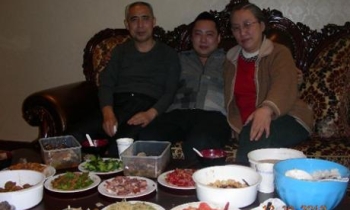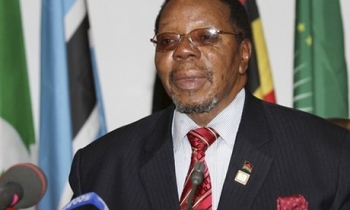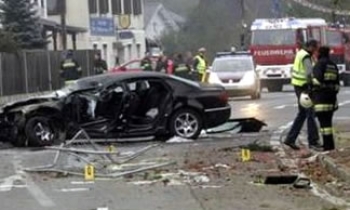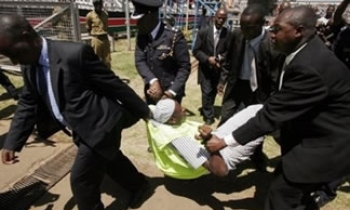JERUSALEM, Oct 24 (Reuters) - In a little over a year, the Gaza Strip has gone from being a possible model for a future Palestinian state to becoming a den of lawlessness and infighting with few signs stability will return soon.
The kidnapping on Tuesday of a Spanish photographer working for the Associated Press -- at least the 24th abduction of a foreigner working in Gaza since August 2005 -- has only served to underline the deepening chaos.
The photographer, Emilio Morenatti, was snatched by four gunmen as he left a Gaza City apartment and walked towards his car, colleagues said. No one has claimed responsibility for the kidnapping and no demands have yet been issued.
His abduction comes two months after two journalists working for Fox News were kidnapped and held for two weeks. Like most foreigners seized in Gaza, they were freed unharmed, though they were forced to convert to Islam.
The major factions in Gaza -- Islamist group Hamas and its more moderate rival Fatah -- condemned Morenatti's abduction, with Hamas describing it as "against our culture", but at the same time both groups have been powerless to prevent such acts.
Despite having thousands of armed men under their command, and despite thousands of police officers, security has collapsed in recent months amid a Hamas-Fatah power struggle since the Islamic militant group won Palestinian elections in January.
Hamas blames a Western aid embargo for fuelling discontent in Gaza, and argues that Israel and the United States, via pressure on President Mahmoud Abbas's Fatah movement, are trying to force the Hamas-led government out of office.
Palestinian political analysts have even suggested that breakaway elements of Hamas and Fatah have carried out some of the abductions in order to make the other look bad. Either way, the situation is now a far cry from the hopes that were attached to Gaza in August last year, when Israel pulled thousands of Jewish settlers and its troops out of the territory after 38 years of occupation.
GREAT EXPECTATIONS
Then it was hoped the territory, a 360-km-squared strip of land that is home to 1.4 million people, making it one of the most densely populated areas on earth, might become a model for a future Palestinian state alongside the West Bank.
Millions of dollars were spent to try to boost its economic prospects, including purchasing greenhouses from settlers in a move the World Bank hoped would allow Palestinians to start their own fruit-and-vegetable export market.
Instead, the closure of Gaza's main border with Israel, a move Israel undertook after militants fired homemade rockets from the strip, made exports nearly impossible. The fruit and vegetables were left to rot and the project has all but failed.
At the same time, tensions have steadily risen between Hamas and Fatah since Hamas won elections in January.
Hamas, whose ability to run the Palestinian government has been hamstrung by sanctions imposed on it because it is regarded as a terrorist group, has grown increasingly militant.
It now commands an "executive force" of around 5,600 armed men that is attempting to maintain control, while Fatah has steadily been building up its own forces. Clashes between the two groups have killed 15 people this month.
Amidst the security vacuum, the ability of foreign civilians to operate in the area, including United Nations aid workers and journalists, has been sharply curtailed.
The New York-based Committee to Protect Journalists says Gaza is now among the most dangerous assignments in the region, with Iraq remaining the most dangerous.
"Clearly we're seeing, as in other conflict zones, the status of media professionals as non-combatants being eroded," Joel Campagna, the Middle East programme coordinator for the CPJ, told Reuters.
"If you look back just 10 years, it was unheard of for journalists to be kidnapped in Gaza.... It all has a chilling affect on journalists' ability to report the story."









